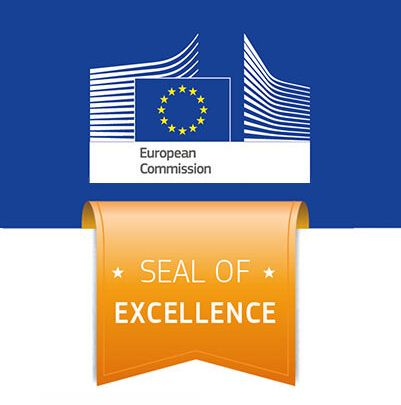Ficosterra shares the beginning of the United Nations’ international trials of the State of the Environment (UNDP-OIC)
October 12, 2021Ficosterra biostimulants manage to increase harvest productivity by 20% in UNDP/OIC international trials
April 8, 2022
World Water Day is celebrated every March 22nd to remember the relevance of this precious asset, essential for the origin and sustenance of life.
This year highlights the importance of groundwater: water found underground, in aquifers. After feeding springs, rivers, lakes, and wetlands, groundwater eventually seeps into the oceans.
In the agricultural sector, about 40% of all water used for irrigation comes from aquifers. This is of the utmost importance because, in regions such as North America and Europe, nitrates and pesticides pose a major threat to groundwater quality.
According to figures from the United Nations Development Program (UNDP), 20% of the groundwater bodies in the European Union fail to comply with community legislation on water quality as a result of agricultural contamination.

It is urgent to prevent pollution of the seas since they absorb around 30 percent of the carbon dioxide produced by human activities, cushioning the impacts of global warming; more than three billion people depend on marine and coastal biodiversity for their livelihoods; and marine fishing directly or indirectly employs more than 200 million people.
In addition, the oceans are the largest source of protein in the world: more than 3 billion people depend on the oceans as their main source of protein.
SDG 14: Life Below Water

The fourteenth Sustainable Development Goal is one of the 17 Sustainable Development Goals established by the United Nations in 2015 that highlights the importance of the seas, oceans, and marine biodiversity in our lives, our health, and the planet: “Conserve and sustainably use the oceans, seas and marine resources for sustainable development”.
To achieve the Sustainable Development Goals, in each of the contexts, tools such as innovation, new technologies, and, of course, financial resources are necessary.

For this reason, UNDP, together with its sponsors SIDA (Swedish Agency for International Development Cooperation) and NORAD (Norwegian Agency for Development Cooperation) launched the Ocean Innovation Challenge program in 2020, an ambitious initiative designed to accelerate the progress of the SDG14, through the identification of public or private, innovative, replicable and scalable projects that reduce poverty, that work for the restoration and protection of the oceans and coasts to protect and promote the Blue Economy.
The selected innovation proposals will receive a grant of up to $250,000 (€207,000) and the term for their development can last between one and two years.
Nine companies have been selected around the world to meet this challenge. The Spanish Ficosterra was one of them.
“Nutrialgae”: Ficosterra’s innovative project to contribute to the progress of SDG14

The widespread use of chemical fertilizers in agriculture has created a real global pollution problem in our seas and oceans.
Much of the nitrogen and phosphorus applied to crops ends up leaching into waterways and the ocean, creating “dead zones” that lose their biodiversity.
To try to reduce this contamination, Ficosterra presented the “Nutrialgae” project in 2020 to the international “Ocean Innovation Challenge” competition organized by the United Nations Development Program.

Ficosterra produces in Burgos (Spain) and Ensenada (Mexico) biofertilizers and biostimulants from unique algae such as Macrocystis pyrifera. These products have ecological certification and do not generate an environmental footprint. They are a 100% organic, sustainable, and environmentally friendly solution that helps reduce the use of agrochemicals while increasing crop productivity.

The challenge that Ficosterra has been addressing for five months at the research centers of the Hassan II University in Morocco and the Center for Scientific Research and Higher Education in Ensenada, Baja California (CICESE) in Mexico, is to demonstrate that the biostimulants ficosagro® (microbial complex with algae extracts) and cystium-k® (pure extract of Macrocystis Pyrifera algae), applied to the soil and plant respectively, are capable of increasing crop productivity by between 6 and 15% (depending on the type of cultivation) while reducing the use of fertilizers of mineral origin, which leads to the reduction of the amount of nitrogen and phosphorus that filters from the crops to our seas.
Very soon we will announce the results of the first phase of these trials that will end at the end of 2022.







